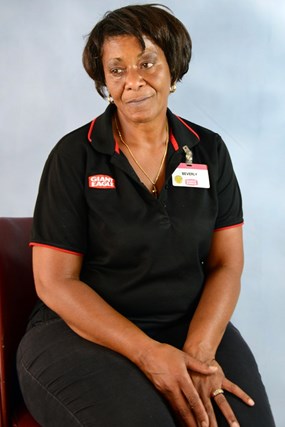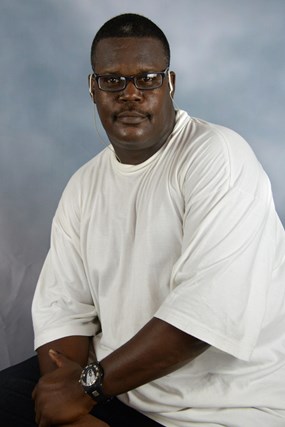
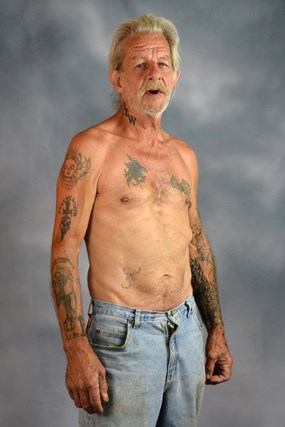
Curators DANIEL BAUMANN and JAY SANDERS confess their secret love for the museum, discuss the (alleged?) power of the collector, and the reawakened interest in performance. Withholding that the latter’s successful combination of popular event with a claim to art is what makes it so attractive to museums. In 2012, Jay Sanders co-curated the Whitney Biennial together with Elisabeth Sussman. Daniel Baumann is one of the curators of this year’s Carnegie International in Pittsburgh.
JAY SANDERS: For the Carnegie International, I notice that you chose to make a fairly intimate show in terms of the number of artists included. Was that a deliberate decision from the beginning?
DANIEL BAUMANN: Traditionally it was always a rather short list. We wanted to show bigger projects, or more artworks for each artist. One of the frustrations we shared was that at biennials, you see two or three paintings by an artist, and that actually doesn’t give you enough food for thought about his or her practice. It is an artist-driven exhibition, although there are three curators. The selection was done together so an artist needed all three of our voices. This produced quite some discussions, which makes any show better. For instance with Vincent Fecteau it’s a mini-retrospective, the same goes for Mladen Stilinović, and with Joseph Yoakum we’ll show 55 drawings. Phyllida Barlow will do a huge outdoor project – 1200 poles, gigantic, a monumental anti-monument made from scrappy materials.
SANDERS: Was the playground concept always something that would come into it, based on your interests?
BAUMANN: It started a bit by chance, by me coming to Pittsburgh. I found the outside of the entrance situation a bit too sad and not welcoming enough. I thought, that place needs life … and I kind of jokingly said: »Let’s do a playground!« And we built one! It works perfectly, it’s fun and raises all sort of questions. We then wanted to contextualize this real playground, give it some background. So we installed The Playground Project in the museum’s architectural department. Hundreds of images, films and plans laying out the major inventions of the most exceptional playgrounds. It is a paradise for thinking about art, public space, education and the museum. It certainly also pushed us to think about the function of a biennial-type exhibition, today, and especially in a city like Pittsburgh. Previous Carnegie Internationals haven’t really addressed this question, which is so virulent in Europe and beyond. It might have to do with the fact that the biennial as a form of exhibition is not very present in the US. The Playground Project is a troublemaker, not just to the exhibition, but to us curators as well.

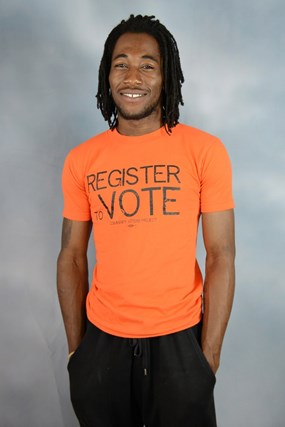
SANDERS: So it mirrors the outside and the inside too in a nice way.
BAUMANN: But also the museum. We said, look, a museum is a playground as well. You’ve got a defined space, you’ve got an object in the space, people come in and they have to find out what they should do with that thing.
SANDERS: It’s a useful metaphor. I’m working on an exhibition at the Whitney called Rituals of Rented Island, around certain performance art activities in New York in the 70s. One of the thematics is what I’m calling »object theater«. It includes some artists that maybe you’d know like Stuart Sherman, Sylvia Palacios Whitman, Theodora Skipitares, and Michael Smith, who would perform with a field of everyday objects and find eccentric ways of engaging with them. It’s all about the inherent complexities of our relationship to the physical world, how the everyday can and does become art. To me, a playground metaphor speaks a lot to that.
BAUMANN: I think the special thing about your project, and also the playground and even the museum, is that these are spaces that look very clear, but actually the position of the object, the spectator and the space itself can be reconfigured, and are more open to interpretation. They can all almost be reconfigured daily.
SANDERS: And I do think museums are really special places in this regard. There is no doubt, no matter how other forms of cultural interaction change, the kinds of conditions and unexpected encounters that occur in an art museum are very particular and potent.
BAUMANN: It’s interesting that you say that. For the catalogue, each of us wrote an essay explaining our own view about the show – and we all end up talking about the museum! It came as a big surprise to think, are we these old-fashioned shmucks talking about the museum, what’s going on here? It sounds a bit reactionary and conservative to say »The museum is actually a very important site«.
SANDERS: Over the last decade there have been all these efforts to make visual art more immaterial, the way that music or books or movies move almost seamlessly through immaterial systems, and clearly art’s always been the most awkward to transpose into this realm. Efforts to sell art online, distribute digital art, or even host virtual art fairs have been difficult and at times even a bit awkward. Now we see things like Contemporary Art Daily, which works in a different way, effectively dematerializing the way we look at art exhibitions, but it still brings up thought-provoking issues of the difference between the personal experience and virtual experience. Everyone is trying to figure this out and understand what it means for art experience and art economy. So these issues of the museum seem to have a pressing quality.
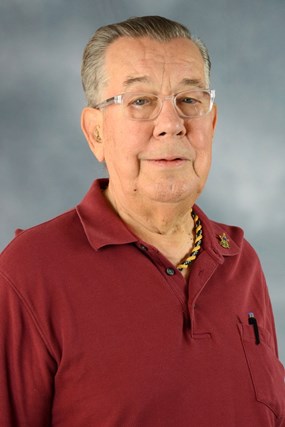
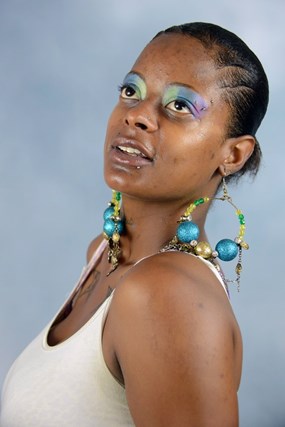
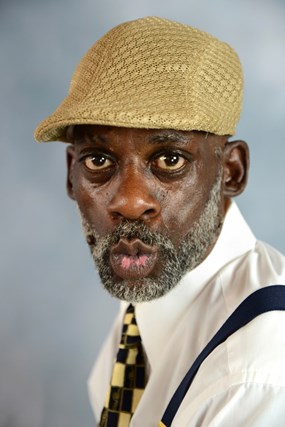
BAUMANN: When you curated the Whitney Biennial in 2012, were there one or two things that came to you as a surprise, that you didn’t think about or actually tried to avoid but they happened?
SANDERS: For me, it was a little bit this museum thing. Maybe like you, I came into it as an outsider, thinking that I don’t have to completely embody the museum, not being (at the time) its full-time representative. And Elisabeth Sussman and I had talked a lot about our frustrations with the biennial format, or at least how its potentials were not always manifested in ways that appealed to us. And then in the end I really felt the importance of biennials, and I just didn’t expect that. It becomes this moment when a great public gets to contend with contemporary art. You are confronted with fundamental propositions of what art is for your moment. And I found that all very sympathetic and important and even beautiful, and it made me think that even the biennials that in the past had freaked me out or made my head spin, were doing that important thing, if you believe that visual art has some communicative power.
BAUMANN: Isn’t it also the experience that there is actually an audience out there that is bigger than just your friends?
SANDERS: Yeah, which was different for me too. I had helped organize many exhibitions in galleries, where your audience is primarily curators, critic and writers, collectors, and artists. In a way it’s often the starting point for work that then may go on to museums, and other places that take it to a bigger public. When you are presenting new art in the museum via this major public moment, it’s a totally different thing. And I guess I really was not used to working with that kind of general visibility.
BAUMANN: Also museums invest quite some money.
SANDERS: Yes, and you want it to succeed on its own terms, or be provocative or whatever its potential is to be. But it’s funny that you can’t help but all of a sudden really think about the museum a lot. Maybe more with these kind of survey shows where you take over a substantial part of the museum and you’re inventing it from scratch. The fact that you could make a playground and create this kind of mirroring, it lets you experiment with the whole institution and really fine tune the ways it addresses its public via art. That was something exciting to learn while in the middle of the process, that there is this potential to collaborate with artists on choreographing experience. It’s really fascinating.
BAUMANN: It can get painful, because it really shakes the structure of a museum, but it is a huge chance. The fact that a museum like the Carnegie Museum of Art, and the city of Pittsburgh, can still occupy a fairly important place in the contemporary art world is due to that courage, or craziness … They’ve been doing the Carnegie International since more than 100 years, and I am sure that many, many times they thought to abandon the project, but they still do it, and it’s their big thing.
SANDERS: And these institutions carry a huge legacy and history. There are many things you can communicate because you have all this cultural baggage and a powerful context, and its something artists can really play with it.
BAUMANN: That’s one of the reasons we also work with the collection. It has a fascinating and very unique history; I think it’s the only museum in the world that collects through biennials, a unique model. Do you buy from the Whitney biennial?
SANDERS: Yes, to some degree, but not comprehensively.
BAUMANN: Well, they buy quite a lot from the Carnegie International, although the exhibition that’s up now shows that they don’t always get the major pieces either …
SANDERS: What was your first job in the art world?
BAUMANN: The very first one, when I was 12 or 13 years old, was washing glasses in a local gallery during the opening. So I went basically from dishwasher … to curator. Then when I was 16, I regularly travelled to Bern where Ulrich Loock, a German curator, was running the Kunsthalle. He showed all these projects where art confronted itself with architecture, Förg, Mucha, Schütte, Zobernig, Iglesias, Grosvenor … When entering his exhibitions, you immediately realized that there had been discussions, passion. It was electrifying, which many shows today are not, often because there is no discussion, just installation. Then I had a gallery in a suitcase when I was 17 or 18.
SANDERS: That you operated out of a suitcase?
BAUMANN: Yeah, you could actually call me and I would walk to your place and open the gallery for you, a gallery on demand. Custom-made objects by five artists, for that little space.
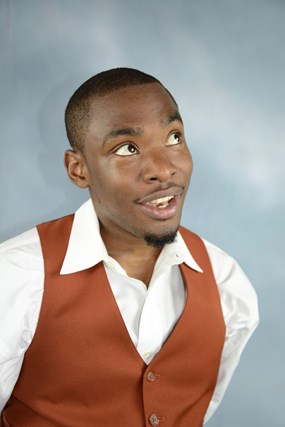
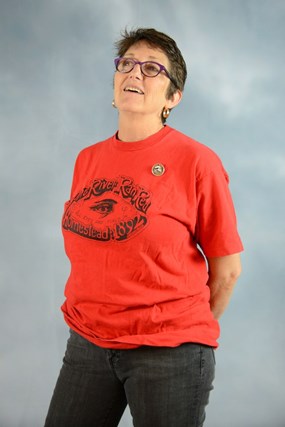
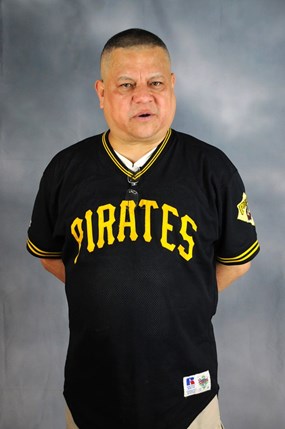
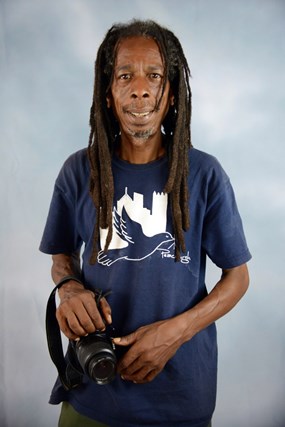
SANDERS: You have a fascinating career, with Tbilisi, New Jerseyy, Carnegie, stepping into very different kinds of situations. It must give you a whole range of possibilities for engagement and relief, and different scales of magnitude all the time. It’s not just one plane of work, or one standing position, but a whole strata of venues and audiences.
BAUMANN: It was also partly out of economical reasons. Having a family and being freelance, I need multiple projects running. If one breaks down, I still have other ones going on. Well, I didn’t make any money at New Jerseyy I must say! (laughs) The great thing is that you don’t get bored. You have almost no administration, and not one meeting. So that’s a great advantage of being a freelance curator, the disadvantage is that steady income is nonexistent. And also, you can’t build up a program in the way you now can do at the Whitney, where you have a continuity to reflect certain ethics, build a historical narrative. This is the power of the institution, but you pay the price: meetings, meetings, meetings. As a freelancer you come and go and it’s all fragmented.
SANDERS: Maybe the real art aficionadas that see the constellation can enjoy piecing together the continuities.
BAUMANN: It’s for the very insiders, who may see all these different things and find that intriguing and interesting, which it is. But you can’t develop a »text« over ten years in the way you can at the museum. I do think that it is still the institution, the continuity of a collection in a given place that carries out narratives and builds history. Galleries, kunsthalles and collectors do it too, but their activities get constantly dispersed. So working at the museum with a collection, you can write history, which is needed even more now that people think the market is the thing. But it’s very slow and quite often frustrating. To many, this doesn’t seem true, because obviously the collectors are today’s tastemakers. But very often, their argument to buy a work is »I can afford it« which, in the long run, is not a very convincing argument … Money is power, but has no history, while we need all three, right?
SANDERS: There’s a Ken Jacobs performance titled after a great quote: »Slow is Beauty« – Rodin. Speaking of performance, with the Carnegie International, did you come to some terms about how you would deal with the durable art object versus the per formative experience?
BAUMANN: The interesting thing that happened was – I realized it going to Tbilisi and also doing the Grand Openings performances – let’s say in 2004, 2005, 2009 … you could see a comeback of the performance as a space for experience, as opposed to the sellable object. I see this comeback in reaction to commodification and the object-obsessed era. When working on the 2013 Carnegie International, we first planned to have a very strong emphasis on performance, but then we pulled out because we thought that others are doing that job well already. The Tate embraces it fully, and others too, so is it the new institutional? In our case, performance moved into film as done by Ei Arakawa / Henning Bohl and Tobias Madison. Ei and Henning went to Japan to make a kind a trans-generational sci-fi road movie in and around Fukushima. Tobias came and worked on a project with an after-school class from Wilkinsburg, a borough of Pittsburgh. He tried – with kids from 8 to 12 – to produce an abstract film. You can imagine what that means: total chaos! But it was so great! I would say that performance is still very present in the way the whole show uses the space – it’s almost performative.
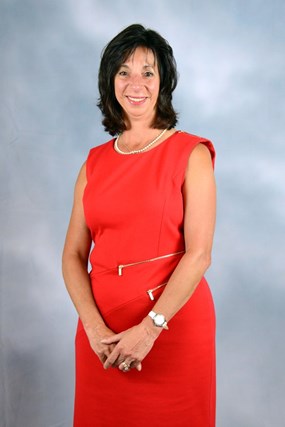
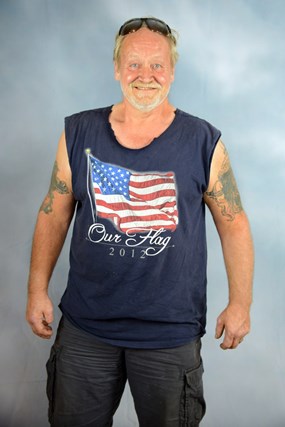
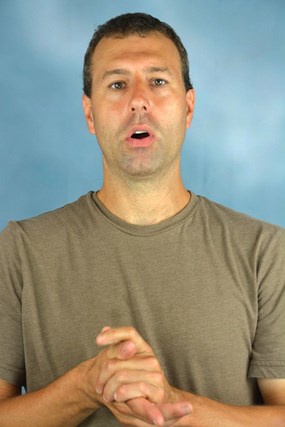
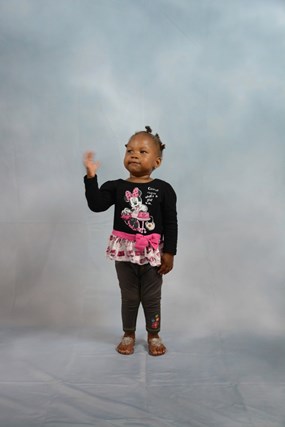
SANDERS: Looking at your list I could somehow feel a hint of that, and maybe knowing the three of your sensibilities somewhat too. That the choreography of the space and the artworks themselves will be something quite special.
BAUMANN: I hope so, for instance Wade Guyton – one of his series of big abstract paintings goes into the coatroom. We just kicked out half of the coatroom, it’s a beautiful space, but they use it for a coatroom! We said, hey, this is a room for paintings, we just need to rip out the coat racks. Maybe that’s the lesson out of all of it: art works themselves can be performers.
SANDERS: Like you say, in the last decade you see this strong return to visual art performance, and these redefined terms of the art object where painting can take on the adjectives of performance or sound or literature, or an activity can coalesce as sculpture or photography. It’s really interesting that these impulses can actually be embodied in flat, static form.
BAUMANN: That’s what Ei Arakawa also showed when he was running around with paintings during the Frieze art fair: This is more than just a thing on a wall, it needs to move sometimes.
SANDERS: I learned a lot from Jutta Koether working in Grand Openings where she’d take the metaphor of noise music or philosophical text and then plop it into the structure of a painting. It’s an artistic move where you just exchange the adjectives for the structure and see how the thing plays out. Artists do this in countless ways – it could be Marcel Broodthaers or Allen Ruppersberg – but you see it with younger artists too. Did you get into the Pittsburgh local scene? Has it been interesting to live there and really spend time in that city?
BAUMANN: Yeah, I really liked it. It’s not New York or L.A., but it has great moments and artists and spaces. But when I went to Midway in Minneapolis to do a presentation, I thought – Pittsburgh could really use something like this: a kunsthalle model, where a young generation comes in, and it’s a much easier way of curating and organizing shows.
SANDERS: I see this in other cities, like YU (Yale Union), in Portland, Oregon where some people got hold of a huge warehouse space, and they run something not unlike what Artists Space does, with discursive events, films and talks. It’s really the DIY kunsthalle thing. That’s something that could be more pervasive in midsize US cities.
BAUMANN: Absolutely and it’s easy to do, I mean we saw that with New Jerseyy. You don’t need that much money, you need a line, and a person or group that has knowledge. Social media can circulate information so easily. There are the Reeder brothers with Milwaukee International, and The Suburban in Chicago. I think the more of this the better!
SANDERS: Yes, I think so too. And it definitely feels like the era of people exceeding the boundaries of their positions, whether you are the collector, the curator or the artist. People seep over those divisions and I enjoy that. I think it stresses some people out, but I find it all very interesting.
BAUMANN: I do like people who stick to one thing. But then I also really love people who just don’t care about their identity, and do it all. It can be very generous.
Basel-based DANIEL BAUMANN is co-curator of this year’s Carnegie International in Pittsburgh, together with Dan Byers and Tina Kukielski. He worked for the Adolf Wölfli Foundation in Bern, co-founded the project space New Jerseyy in Basel, is curator of an ongoing exhibition series in Tbilisi, Georgia, and is a regular Spike contributor.
New York-based JAY SANDERS was a freelance curator and gallerist at Greene Naftali before co-curating the Whitney Biennial with Elisabeth Sussman in 2012 at the Whitney Museum, where he has since been appointed in charge of performance.
IMAGE CONTRIBUTION: Magnum photographer ZOE STRAUSS’ project for the 2013 Carnegie International focuses on Homestead, Pennsylvania, where she has established a temporary portrait studio in the sprawling outdoor mall. Her photographs of the town’s residents will be shown in the hallway gallery of the Carnegie Museum of Art – and are published here for the first time.
